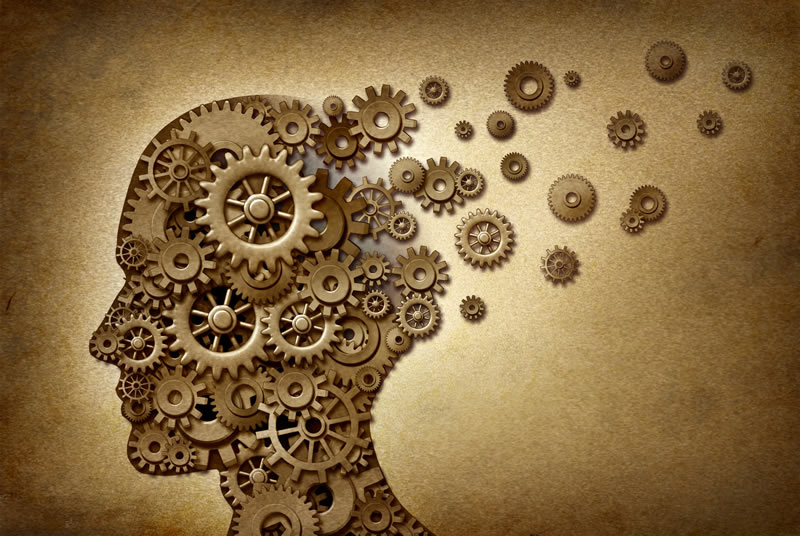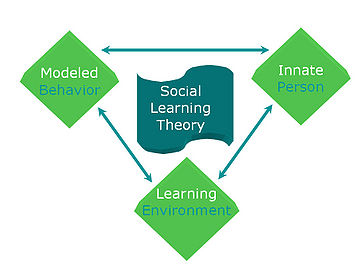Lesson 4: Psychological, Social, Family, Culture, and Spiritual Issues
Attention
Bag of Tricks
These Internet sites will help you in this class especially in writing essays and assignments. They are good sources of information and will help you also in your work and continued learning after graduation.
Substance Abuse and Mental Health Services Administration Store
Here you will find many very useful (and free) Substance Abuse and Mental Health resources.
EROWID - Documenting the Complex Relationship between Humans and Psychoactives
Substances from a user’s perspective. Also will inform you about the newest substances, why they are trending and the risks and benefits.
ProCon.org - Explore Pros and Cons of Controversial Issues
Information and discussion points on many current topics. You will use this site in researching your writing!
Medical News Today
A daily newsletter for your e-mail to keep you up to date on current research on alcohol and drugs and other mental disorders.
Learning Outcomes
Upon completion of this lesson's material, students will be able
- Understand and be able to discuss psychological, social, cultural, family and spiritual factors that contribute to SUDs
- Begin to understand and be able to state the current limits on our knowledge about SUDs
- Be able to discuss in a rational, logical and respectful way differences of opinion about SUDs
Teaching
PSYCHOLOGICAL CONSIDERATIONS
Is there a personality that predisposes to SUDS?

AA denies that there is and here’s a website that supports that point of view.
One advantage of this perspective is destigmatization: “Anyone can be an alcoholic or drug addict.” But DSM V asserts that impulsivity and a history of conduct problems are risk factors for many SUDs. The question is whether these temperament traits are genetically and physiologically connected to addiction or whether the relationship is more tenuous with several different temperaments possibly associated with addiction. The jury is out. Here’s another website that summarizes the complexity of the debate.
Bipolar Disorder, Schizophrenia, Anxiety Disorders and Depressive Disorders have higher rates of SUDs than for the general population. The question is: what is the direction of the relationship? Are people with these disorders medicating their symptoms or has use of substances caused the disorder? There is, for example, evidence that heavy adolescent use of cannabis is associated with higher rates of psychotic disorders and that it is probably the substance’s action on the brain causing the disorder.
Learning models of addiction emphasize the roles of classical and operant conditioning from first use to full blown addiction. These models also emphasize cognitive behavioral interventions to reduce or eliminate substance use.
SOCIAL CONSIDERATIONS
SUDS incidence rates among different ethnic groups.
See especially tables 1 and 2 that summarize “racial” differences. Some racial differences in substance use are biologically based. For example, many Japanese lack the gastric enzyme alcohol dehydrogenase and consequently have a profound uncomfortable flushing response when they drink and as a result may be less susceptible to alcohol use disorder.

Social Learning Theory posits that we learn our behaviors from our environment as they are reinforced by important people in that environment...thus many problems become associated with certain kinds of environments.
Socioeconomic concerns, especially the question: Does poverty cause SUDS or do SUDS cause poverty? The answer is “both”.
Social factors that may contribute to SUDS: Peer influence, influence of other social systems.
The DARE (Drug Abuse Resistance Education) program which has been widely used in elementary schools emphasizes refusal skills based on fear of legal consequences. There is considerable evidence that two factors that strongly influence adolescent substance use are parental modeling and clear and consistent parental rules (this article requires that you create a free membership account with "Psychiatric Times".
The conclusion is that helping families escape poverty and parents to make good choices and to teach their children to make good choices reduces substance use
FAMILY CONSIDERATIONS
Is there a typical alcoholic family structure?
The Family Therapy movement of the 1970’s contributed to the concept of typical roles in a family with an alcoholic parent. Click HERE for an article on the "Roles in the Addicted Family System"
Adult Children of Alcoholics (ACOA) a 12 step recovery group for family members talks about alcoholic family rules: “No Talk. No Trust. No Feel”. Another 12 step recovery group Alanon emphasizes that “We didn’t cause the drinking and we can’t control or cure it” and counsels family members either to leave or if they stay to detach from the alcoholic and “keep the focus” on their own well-being. A different emphasis is made by practitioners of Community Reinforcement and Family Therapy (CRAFT) who practice differential reinforcement of behaviors that replace substance use while quietly and consistently encouraging the user to join in therapy. The bottom line is that the family has great power to contribute to substance use and also to help people leave substances behind.

Co-dependence is a concept that emphasizes an unhealthy relationship may develop with a substance user. The user is dependent on the substance and the codependent is dependent on the user finding their self-esteem and self -worth in caring for the user.
As helpers, MHRT/Cs are at risk of becoming codependent!
Risk is reduced by developing healthy self-esteem that comes from within rather than the approval of others: the goal is “interdependence”---that we can be in caring relationships while maintaining our own identity and self-worth.
CULTURAL CONSIDERATIONS
International differences in SUDS (2004)
As you can see, alcohol use is much higher in Eastern Europe and South America and in the U.S. and Western Europe than it is in Arab countries and much of Africa
Jewish and Islamic people generally have lower SUDs rates than Christian countries although for example there is a big difference between Irish AUD rates and Italian AUD rates (both “Christian” countries) perhaps because Italians generally frown on drunkenness
SPIRITUAL CONSIDERATIONS
Generally “spiritual” refers to the area of human life that deals with values and purposes
Religion on the other hand is the social and cultural embodiment of those values and purposes
We have already seen that the religions of Judaism and Islam seem to foster attitudes towards substances that reduce SUDs. Islam forbids all substance use (like Mormons). Judaism emphasizes the sacramental use of wine as a part of daily life and as in some Christian countries (Italy) drunkenness is seen as disgraceful. When these attitudes are deeply embedded, they can have a protective role even when the religious adherent participates in a culture that uses substances recreationally
Alcoholics Anonymous' 12- Step Program says it works by “turning it over to a Higher Power” This is a spiritual approach that goes beyond values and purposes and actually assumes the presence of a “Power” that rescues us from the destruction of alcohol

The model of the 12-Steps has been adopted by many groups related to addiction including substances, sex, and gambling.
A different spiritual approach is seen in Logotherapy, a therapy developed by Victor Frankel, a Jewish survivor of the Nazi extermination camps who observed that people who survived the holocaust did so because they had values that transcended mere survival and gave purpose even in the terrible surroundings of the concentration camp.
Assessment
Lesson 4 Quiz
- List one example of a psychological factor, one example of social factor, one example of a family factor and one example of a cultural factor that may influence addiction.
- List the 12 steps of AA and count the number of steps in which a Higher Power or God is mentioned.
- Compare and contrast a spiritual approach to addiction to a neurophysiological approach.
- List two areas mentioned in this lesson where our current knowledge does not allow us to make a firm conclusion about the "right" approach to addiction.
Lesson 4 Discussion
Write a paragraph stating what your experience leads you to think is the best approach to dealing with addiction. Why?
Write another paragraph saying what you think is the worst approach. Why?
Remember, you mist post TWICE in EVERY discussion board. Your first post should address the topic of the discussion (like the one above) and your second post must be a reply to ANOTHER students' post...your reply should be MORE than just a "I agree!" or "Very cool!" It should be "substantive" by expanding on the students post, asking a questions, adding your own thoughts to what they have said, etc.